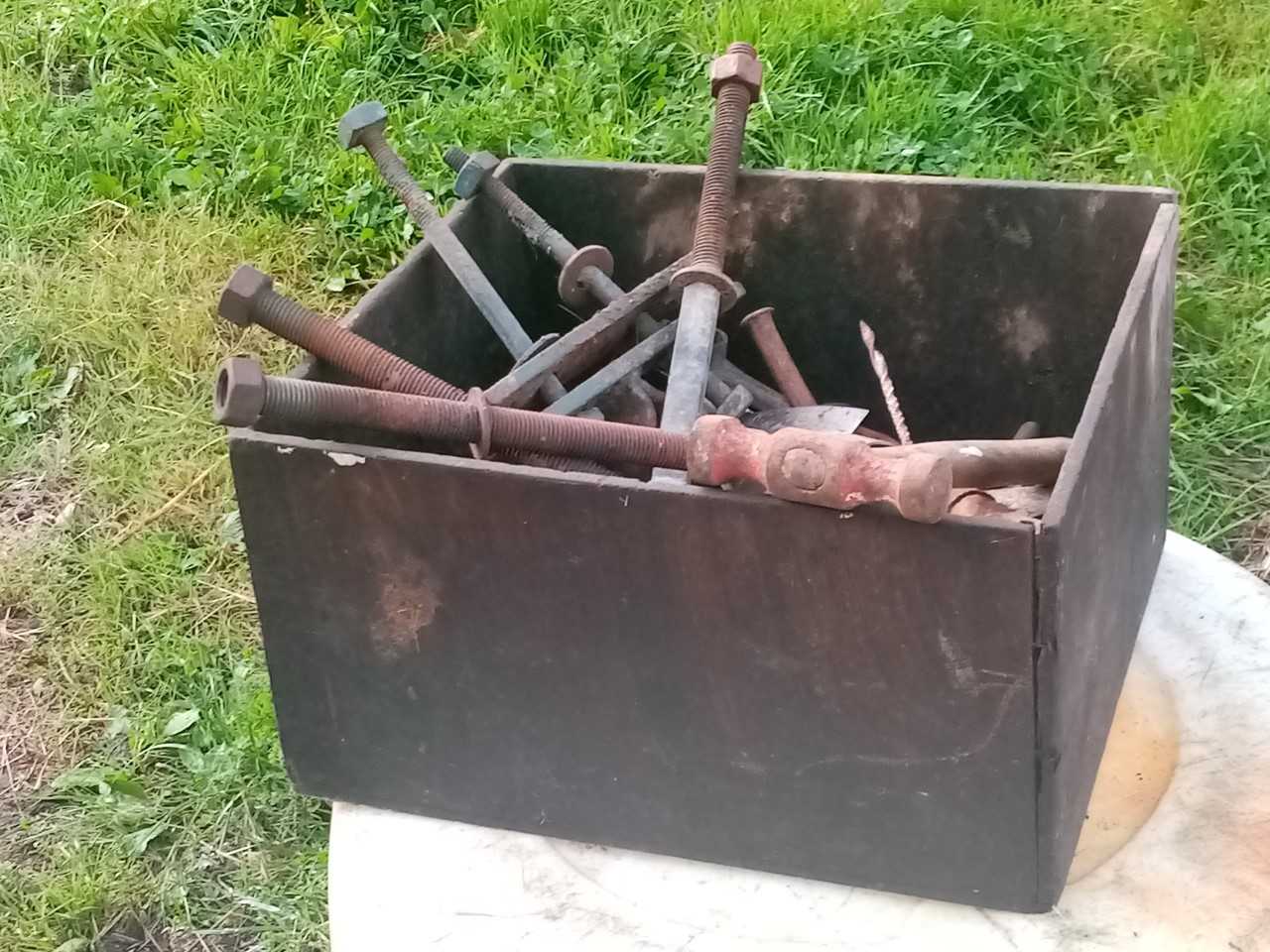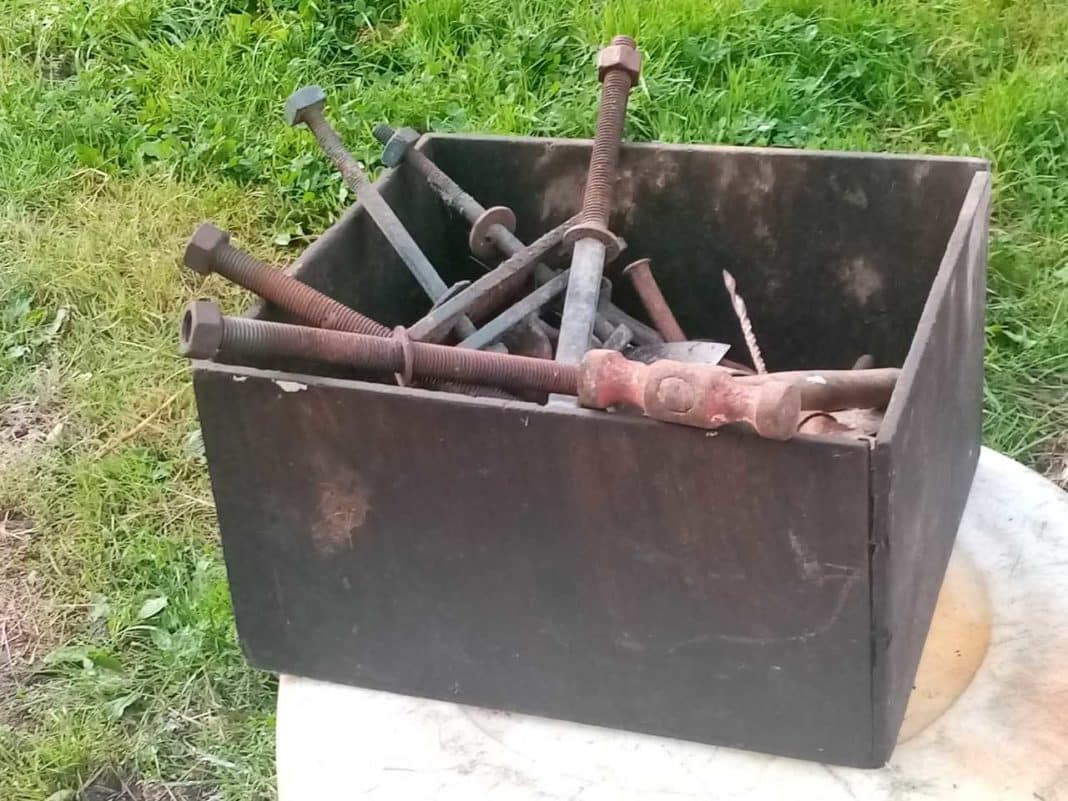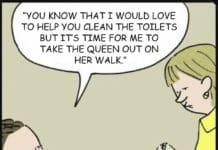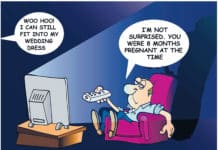
Today I parted with my last ‘nest box.’ The box was one of a hundred I got made exactly fifty years ago. The boxes, measuring 16”X 14” X 9”, were made of plywood.
I can’t remember who made them for me; but one thing for sure is that they were extraordinarily well made. I carried out the last one this morning, filled with old rusty bolts, washers and stuff and plonked it in the back of the van with other scrap metal before heading for the recycling plant. The last nest box caused forgotten memories to come flooding back.
You are all wondering (or at least the few of you who give a hoot) as to what the hell he is on about this week, or what in heaven’s name is a ‘nest box.’ The nest boxes were used for rabbits to have their litter in when I ran a commercial rabbit farm. I appreciate that we were coincidently on about wild rabbits last week; but this is a very different story and a very different animal.
No story stands on its own and if I am to tell you about the nest box, I have to tell you the story of the commercial rabbit.
In 1973 I erected a purpose built shed to be used as a rabbit farm. We were one of the first such enterprises in the country. Each breeding doe had a cage to herself, as had also the ‘man of the house’, the buck. There was one buck for every ten does. (Not bad work if you can get it!) I had to take the doe to the buck’s cage to mate. If I did it the other way round, the doe attacked the buck. (There has to be a message somewhere there, Lads?)
We had two distinctive breeds: The ‘Californian White’ had black ears, nose and paws; whilst the ‘New Zealand White’ was snow white all over. With 18 hours of artificial light, the mother produced 6 – 8 litters in a year – ranging from 1 to 18. Anyway, each doe averaged more than 50 baby rabbits per year. Her pregnancy was 31 days.
I would try to foster some of the larger litters onto a mother having only 2 or 3 the same day. Sprinkling talcum powder on her own and the adopted usually worked – but not always. Often when I returned there would be disaster where the doe killed all that wasn’t her own flesh and blood.
Attention to detail was vital. Each cage had a record card pinned on the outside. On the 28th day I put the nesting box into the cage, after first lining it with nice clean straw or wood shavings. Nature is unbelievable; as soon as the box arrived, the doe got into it and started pulling out her fur. She spent the next two days making a nest from fine straw and fur and then she sat in, waiting for the arrival of the stork!
The fattening rabbits were fed on a special diet of dried pellets. The conversion rate was scarcely credible. For every 3 pounds of meal, I pound of meat was produced – and the highest protein meat of any type. The droppings fell into a pit underneath the row of cages and was cleaned out once a year. There was no smell off the manure until you stuck a shovel in it … and I often said that my life was a bit like that! I discovered, by accident, that the dried rabbit droppings was so rich in protein that cows would eat it.
At 8 weeks the weaned rabbits would weigh between 4 and 5 lbs. I had an agent in Sligo who was killing, packing and exporting the rabbit meat to France. As many a food producer to a supermarket, for example, discovered; it is a bad plan to be depending on one outlet for your produce. My friend sold most of the females on to other budding rabbit farmers throughout the country. Anyway, this was the peak of the fledgling business and I was just beginning to make money when ‘Murphy’s Law’ was enforced.
The oil crisis struck and my collections were delayed to every second week. The price of the feed went from £48 to £96 a ton overnight and the price of the rabbit meat only went up from 12 pence to 16 pence per lb live weight. I was losing money … Ego kept the thing going for a while – as we had become a free tourist attraction for families at the weekends. I sold a few rabbits to local butchers and all the remaining luckier ones as pets.
All was now gone except the cages … and the nest boxes! I spent yonks years giving away nest boxes for litter[ally] a hundred different uses. You wouldn’t believe the versatility of that little wooden box.
And now … the last one, serving a use till the end, is gone and I am sad!
Don’t Forget
The man who lives only for himself runs a very small business.






